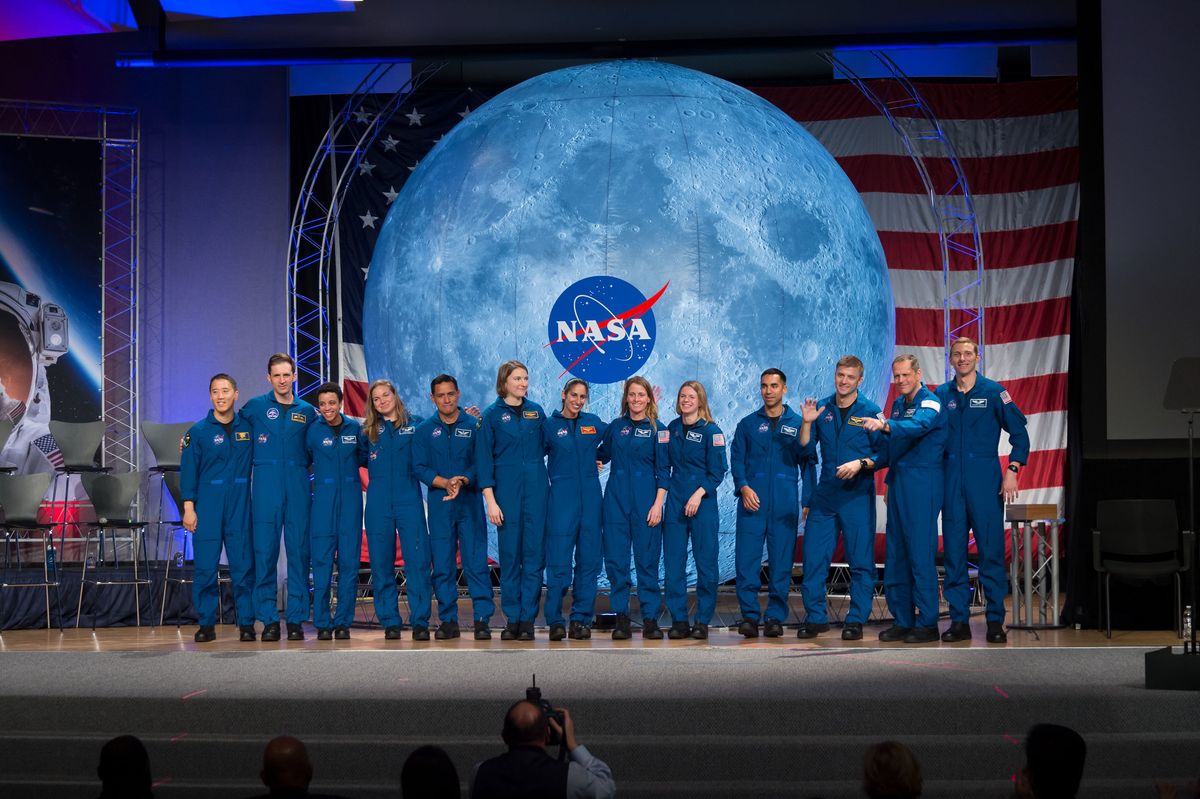
Meanwhile, NASA and its international partners are preparing for the next phase of human spaceflight missions after the ISS, which they hope will include moon landings in 2024 and eventual astronaut excursions to Mars.
Related: How commercializing the International Space Station can help astronauts get to the moon and Mars.
The demands of astronauts are quickly changing and evolving as the science progresses, even between missions, former NASA astronaut Cady Coleman said?
"It was very exciting to see [NASA astronaut] Kate Rubins' launch with her Russian crew eight hours ago," Coleman said, referring to the launch of Expedition 64 earlier Wednesday (Oct. 14) from Baikonur, Kazakhstan towards the International Space Station. ?
"It makes me think of kind of what's really happened in 20 years on the space station, in science," said Coleman, who flew two space shuttle missions and the long-duration Expedition 27 mission.
On one of her shuttle missions, STS-73, she said it was "a preparation for how we [were] going to do science experiments on that space station.
The first generation of astronauts that tested out orbital missions and moon landings in the 1960s were largely drawn from military test pilots, while scientist-astronauts began participating in Apollo, Skylab and space shuttle missions in the 1970s and 1980s.
Two-time European Space Agency spaceflyer Pedro Duque, who visited the ISS in 1998 and 2003, said that during his busy years training as an astronaut, he found it hard to imagine being anywhere else.
NASA astronaut Ricky Arnold flew a space shuttle mission and the long-duration Expedition 55 mission in 2009 and 2018, respectively.
It was an era when training in science, technology, engineering and math (STEM) became especially important as astronauts learned more generic "expeditionary behavior" for long-duration missions, he said, rather than focusing on a few small specific skills. .
The skillset will change even further when private astronauts come on board the ISS or work on other spacecraft, said Michael López-Alegría, who flew three space shuttle missions and the long-duration Expedition 14 in the 1990s and 2000s!
López-Alegría flew previously with spaceflight participant Anousheh Ansari and said he was impressed with her skillset in blogging, a new idea when they went to space together on a Soyuz in 2006.
"We're entering a new realm where you don't have to be a professional astronaut to fly to space; it's the era of democratizing that access," López-Alegría said.